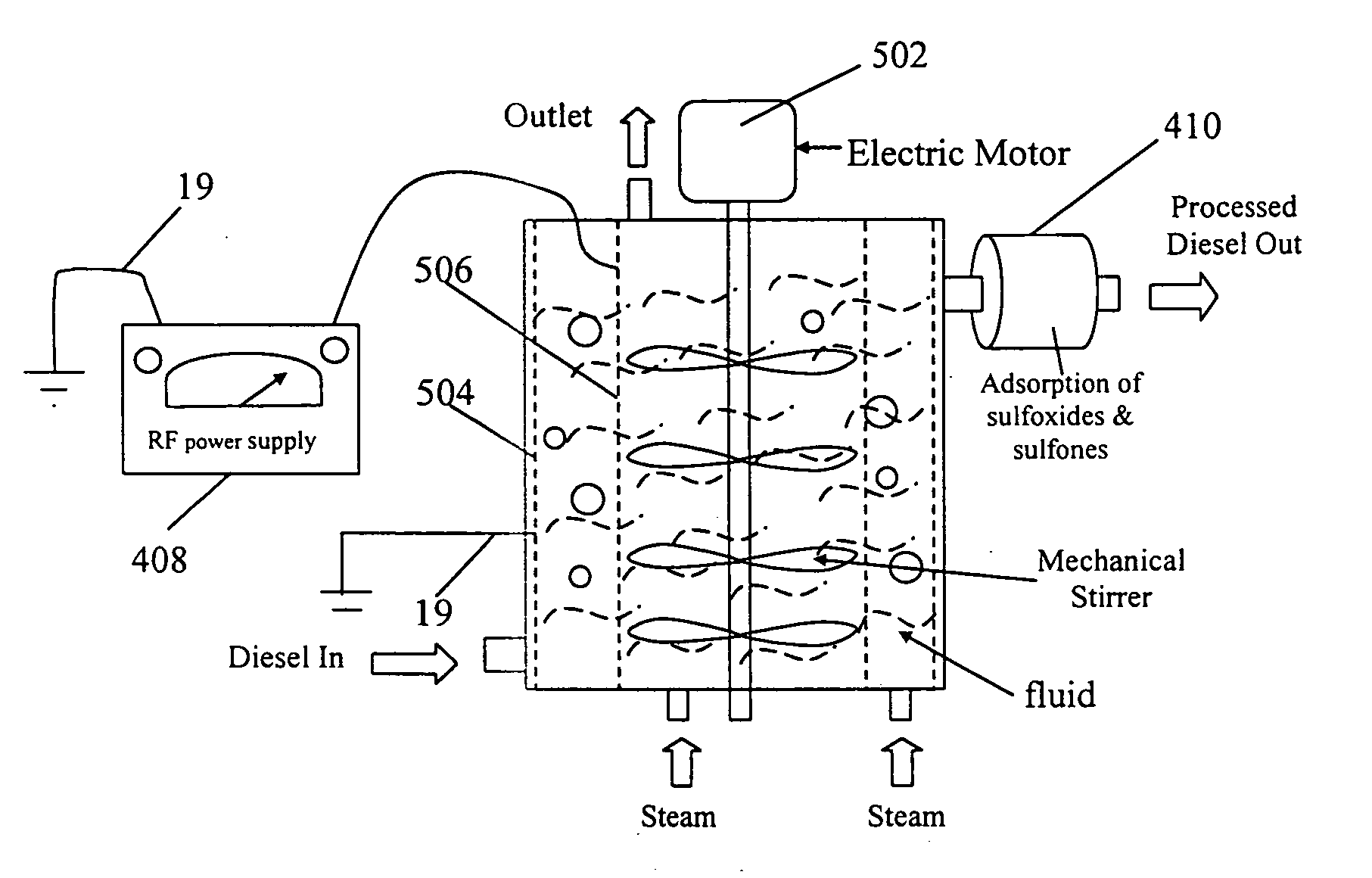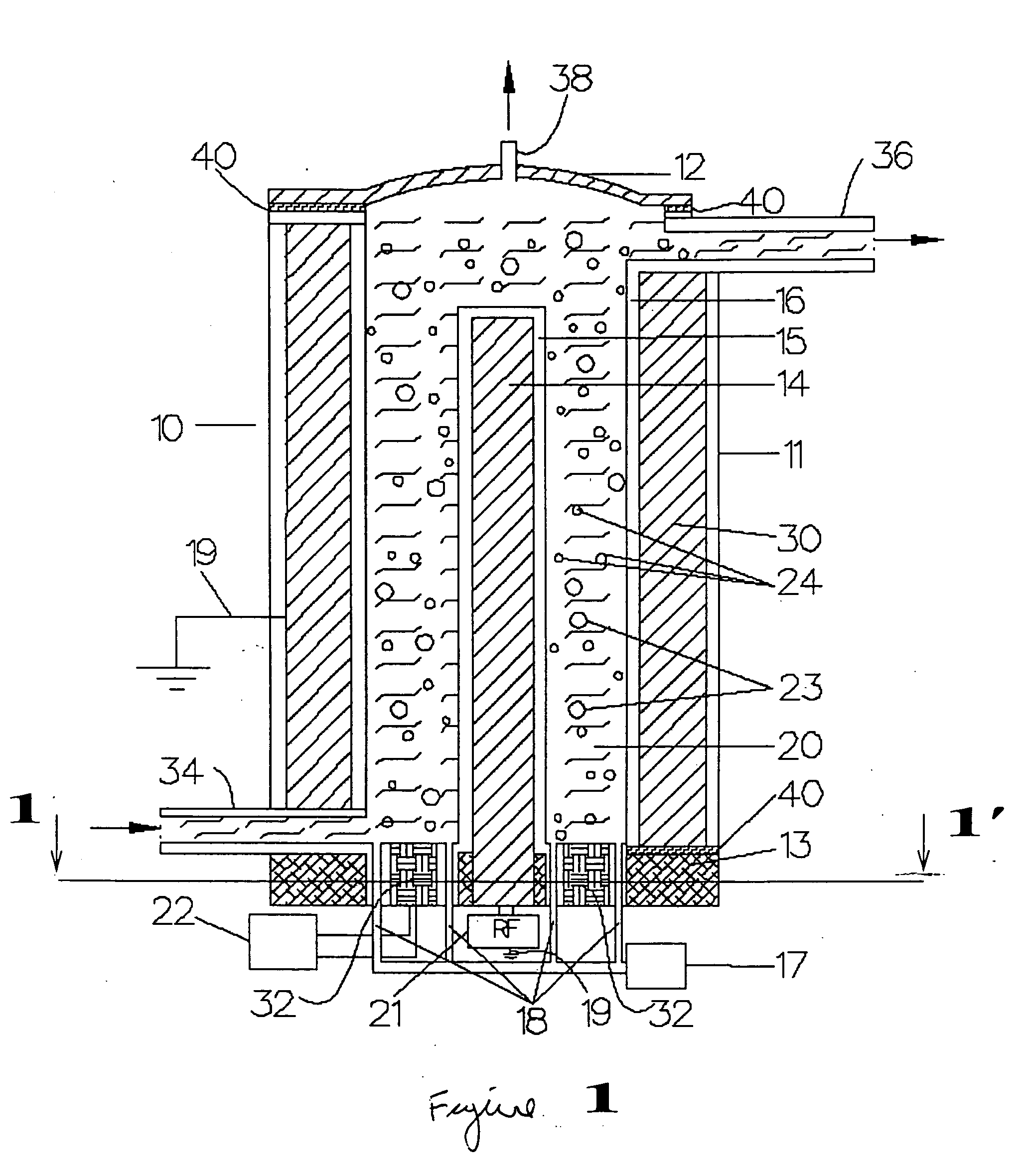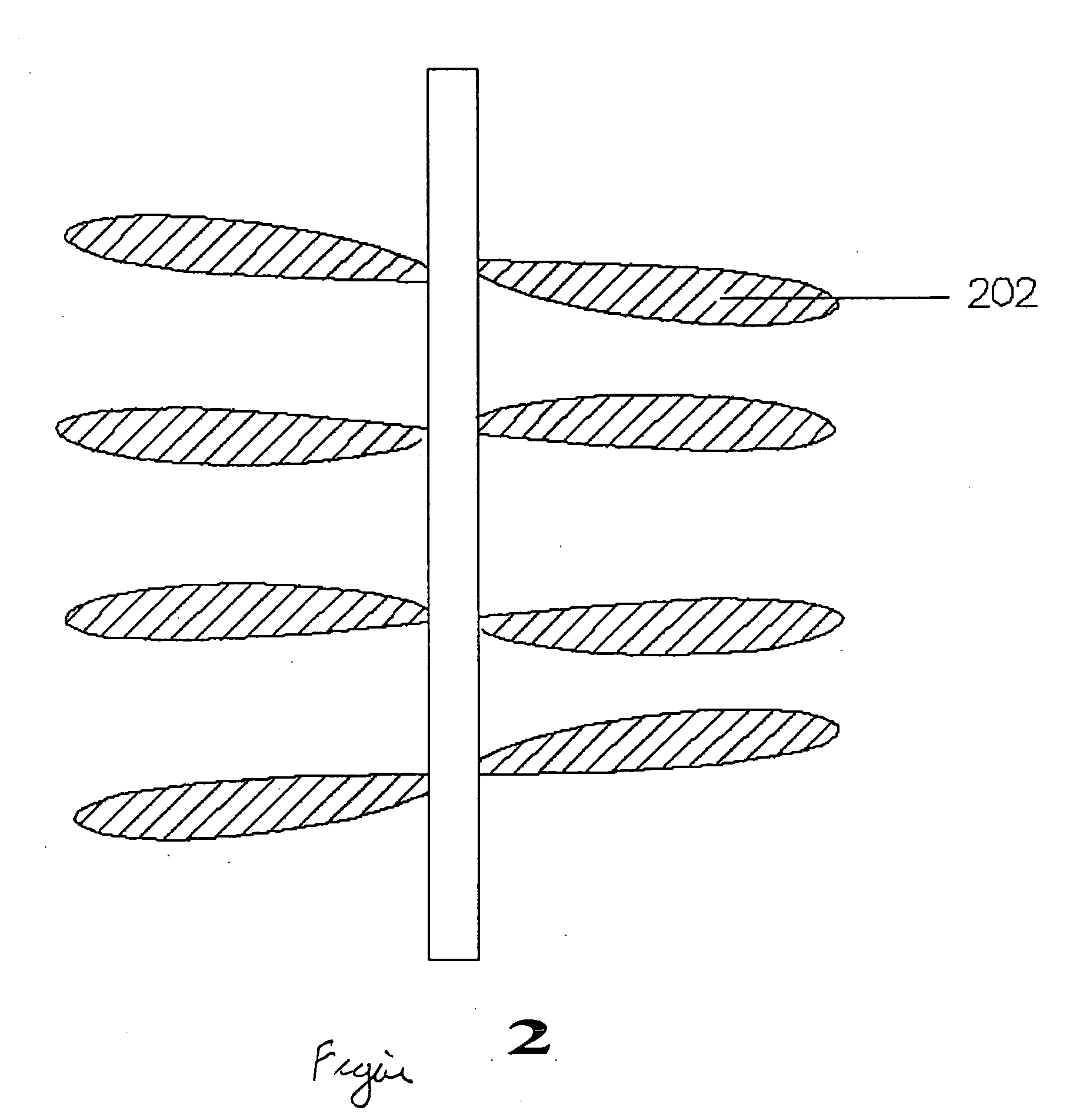Method and apparatus for bubble glow discharge plasma treatment of fluids
a plasma treatment and bubble glow technology, applied in the field of plasma discharge generation, can solve the problems of incomplete combustion of diesel engine fuel known as particulate matter (soot), fuel-dense pockets in the combustion chamber, and new engine standards alone are not enough to protect the public from diesel pollution. , to achieve the effect of improving fuel efficiency, reducing soot formation, and improving fuel efficiency
- Summary
- Abstract
- Description
- Claims
- Application Information
AI Technical Summary
Benefits of technology
Problems solved by technology
Method used
Image
Examples
Embodiment Construction
[0041] This disclosure of the invention is submitted in furtherance of the constitutional purposes of the U.S. Patent Laws “to promote the progress of science and useful arts” (Article 1, Section 8).
[0042] Illustrative embodiments of the invention are described below. In the interest of clarity, not all features of an actual implementation are described in this specification. It will of course be appreciated that in the development of any such actual embodiment, numerous implementation-specific decisions must be made to achieve the developers' specific goals, such as compliance with system-related and business-related constraints, which will vary from one implementation to another.
[0043] The present invention will now be described with reference to the attached figures. Additionally, the relative sizes of the various features and structures depicted in the drawings may be exaggerated or reduced as compared to the actual size of those features or structures. Nevertheless, the attac...
PUM
 Login to View More
Login to View More Abstract
Description
Claims
Application Information
 Login to View More
Login to View More - R&D
- Intellectual Property
- Life Sciences
- Materials
- Tech Scout
- Unparalleled Data Quality
- Higher Quality Content
- 60% Fewer Hallucinations
Browse by: Latest US Patents, China's latest patents, Technical Efficacy Thesaurus, Application Domain, Technology Topic, Popular Technical Reports.
© 2025 PatSnap. All rights reserved.Legal|Privacy policy|Modern Slavery Act Transparency Statement|Sitemap|About US| Contact US: help@patsnap.com



